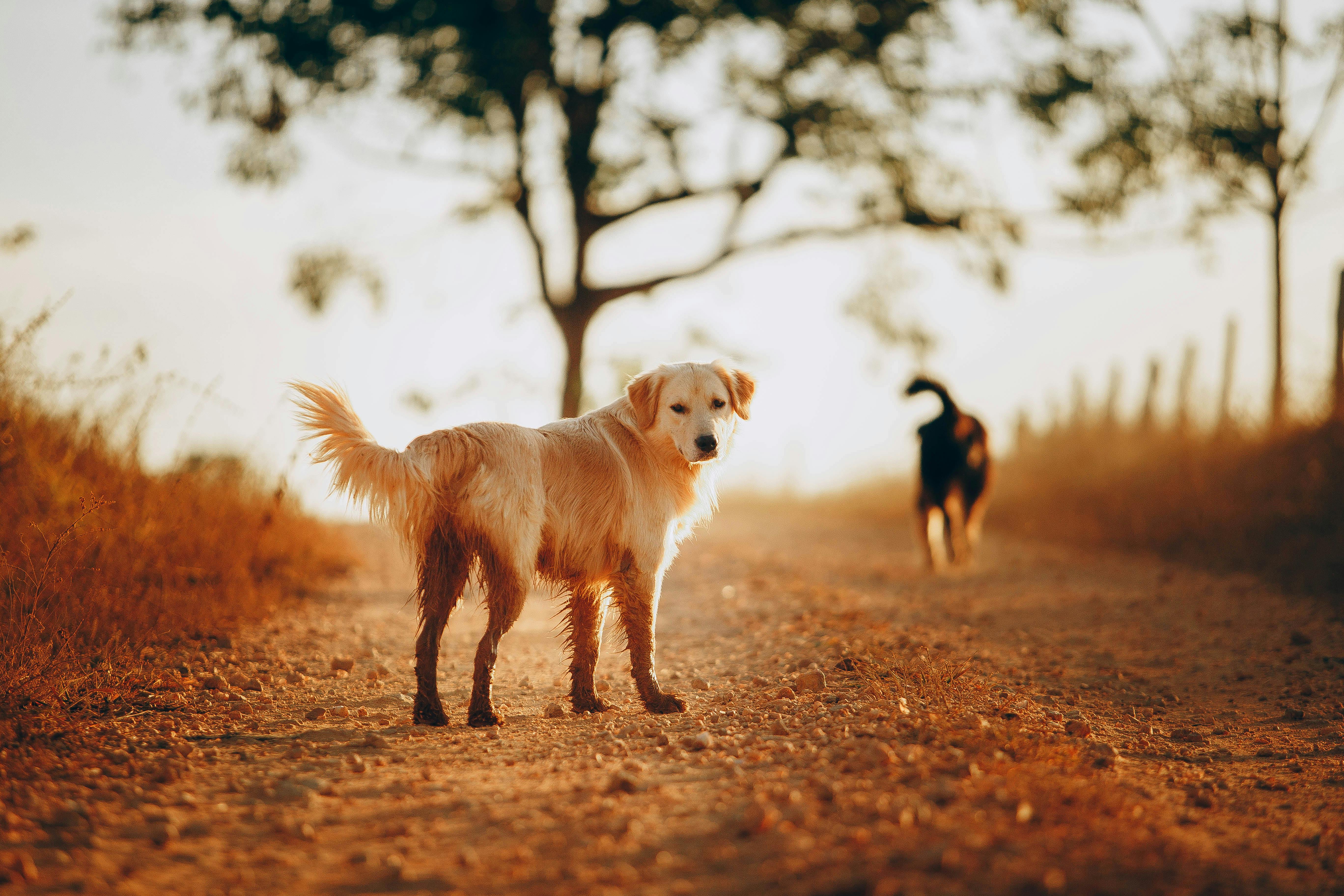
How your dog can really help you with your gardening efforts
Allowing your dog to be a part of the gardening process can be a fun and unique way to bond with your animal and improve the quality of your garden. Although it’s often thought that dogs can terrorize a garden, it certainly doesn’t have to be. In fact, even something like selecting the right breed of dog can help influence the type of benefit the animal can add to your garden. And actually, letting your animal roam the yard can bring joy to your whole family and help flowers and greenery thrive in many conditions that might have caused problems before. Adhering to some of the following suggestions could even bring a new harmony to your garden and to your dog that you never thought possible.
Select the right breed
A notable example of this aid to the gardening experience is testimonials from breeds like dachshunds. Adorable, short canines can help keep your yard free of pesky visitors. Given their energetic and lively nature, dachshunds are more than happy to help protect your garden and have the ability to use their keen sense of smell to ensure that only you and your family tend to the garden. The loyalty of the dogs is also shown when they are allowed near the garden and they began to perceive the area as part of their home and therefore something to care for. Beyond this, it’s incredibly rewarding to help foster that watchdog attitude in your dog. This is especially true if you have a family or plan to start one.
Eliminate the use of pesticides
A significant advantage of allowing your dog to protect and tend to the garden is that you won’t have to use as many pesticides to control unwanted visits to your flowers or greenery. If your yard is for consumables or products coming into your home, this can be an incredibly attractive offer. Health is always a concern for everyone and being able to remove pesticides from the list of your garden tools can allow your family to enjoy the fantastic, ripe flavors of your garden without the guilt of thinking about what other types of additives you have also consumed. during the course or your meal.
a trained dog
Training is a critical part of allowing your dog to be a part of the garden experience. Whether your dog is a puppy or a couple of years old, the old adage that “you can’t teach an old dog new tricks” isn’t necessarily true for all dogs. There have been reports that designating senior dogs with the role of protector can allow them to feel extreme loyalty and responsibility for you and the yard. This can even be further implemented by enforcing this bond by adding rewards to your dog’s diet for helping so thoughtfully protect the yard for you and your family. As for the puppies, the subject of training is much more comfortable. Teaching your pup to respect the boundaries of the yard will allow you and your pup to have a wonderful relationship with you and will allow both of you to clearly understand the rules and expectations of tending the yard.
Your dog’s best interest
A good argument for allowing your dog to help you with the garden is that it can encourage a kind and loving attitude towards your pet. Allowing a dog to have a responsibility like gardening can give him a clear sense of purpose from which he can channel all of his wonderful energy. When the necessary incentives, training, and expectations are in place for your dog, you can have much more freedom and confidence in your dog. Your dog can sense this and may even show signs of becoming more relaxed around you and your family. It is not an exaggeration to believe that attending to your animal’s needs in this way will allow you to benefit from this exchange.
All in all, allowing your dog to help you in the garden can be an incredibly rewarding experience for everyone. And best of all, within this partnership between you and your dog, your yard can thrive while being protected from both harmful chemicals and visits from critters that may not have the same motivations as you and your wonderful dog.